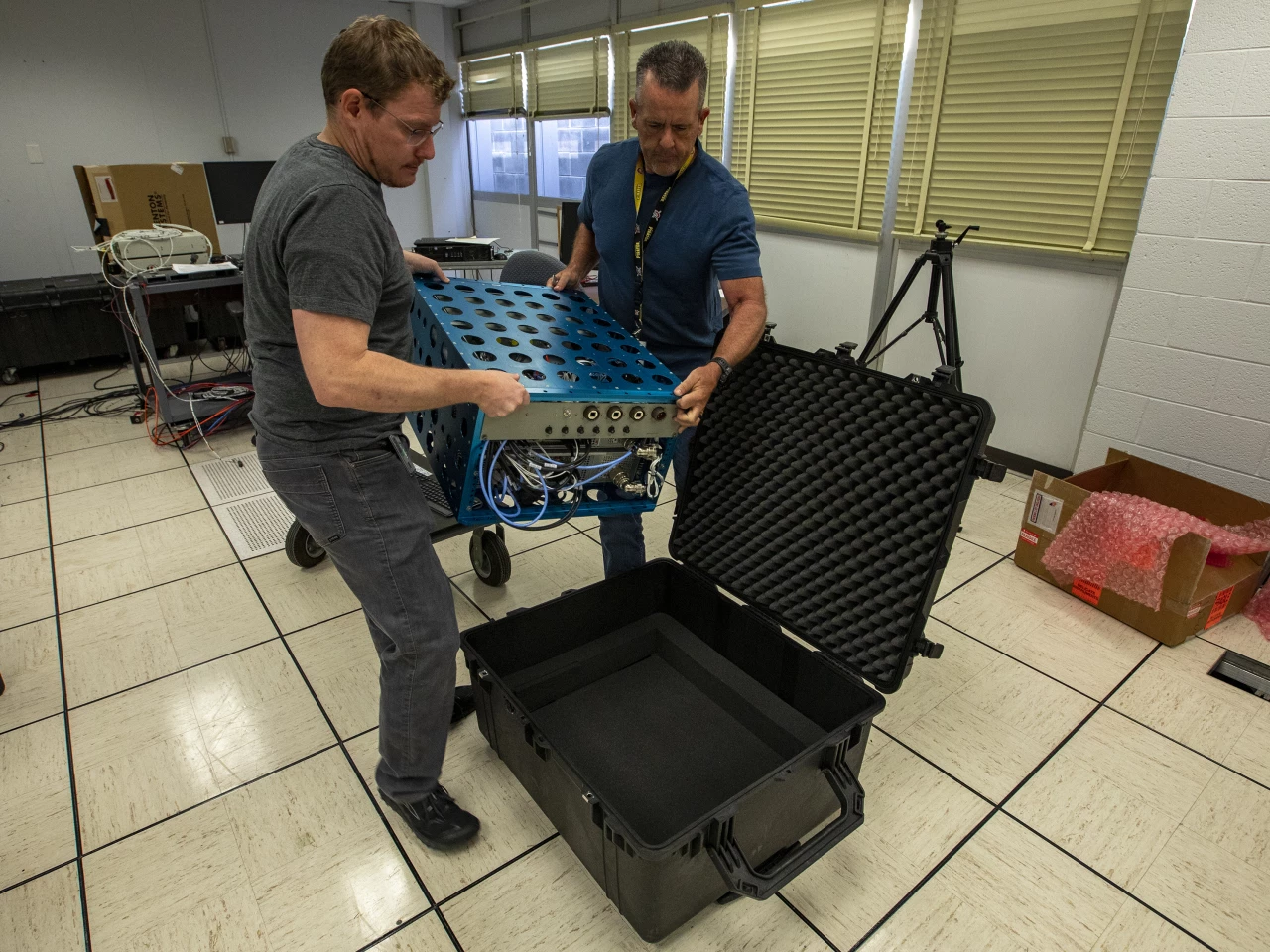At the Langley Research Center in Virginia, NASA has completed testing of the eXternal Vision System (XVS) 4K video screen that will take the place of the forward flight deck window for its X-59 Quiet SuperSonic Technology (QueSST) aircraft.
One of the most distinctive things about the Anglo-French Concorde supersonic airliner was its droop-nose design. When Concorde was in full flight, the nose was raised into the conventional straight position and a glass heat shield slid into place. This gave the aircraft its classic sleek profile and the aerodynamics to fly faster than the speed of sound.
However, it also badly restricted the pilot's field of view to the point where it wasn't possible to see properly for takeoff and landing. To correct this, Concorde could droop its nose, which not only made it look like a bird with a long beak, but also gave the flight crew a wider view.

It was a brilliant solution, but NASA is taking a different tack. The X-59 is designed to fly over land at supersonic speeds, but will have wings and a fuselage designed to dissipate the notorious sonic boom so it's reduced to being no louder than a closing car door. This puts a lot of constraints on other parts of the aircraft's design, so a droop nose might be a practical option.
Since aerospace engineers dislike windows on aircraft anyway, seeing them as just another weak point, NASA has opted to get around the vision problem caused by the X-59's elongated nose and the low-sitting cockpit by eliminating the forward window entirely. Instead they've opted for a video screen that not only gives the pilot a view of what's ahead, but also provides flight data for approaches, landings, and takeoffs on an augmented display.
For flight testing, NASA installed the XVS in a twin-engine Beechcraft King Air UC-12B turboprop aircraft. With a camera in the nose of the plane, the display was installed in the cabin of the King Air along with the XVS pallet containing the computer processors, network equipment, video distribution, and power distribution components. In the cockpit, one pilot flew the plane as normal while another pilot in the cabin looked at the XVS screen.

With this setup, the King Air went through a series of flight scenarios that allowed the engineers to do a side-by-side comparison of both pilots by measuring the time it took each to press a button, indicating that they'd seen a target.
In addition to the successful flight tests, NASA also conducted vibration tests of the pallet to ensure that it can stand up to the flight conditions expected in the X-59, as well as gathering information to correct the system's design and construction before it's installed in the supersonic demonstrator aircraft.
With testing completed, the XVS has been shipped to Lockheed Martins' Skunk Works facility in Palmdale, California for installation in the X-59.
Source: NASA







